The biggest nuclear energy storylines to watch in the new year.
January 19, 2022The U.S. nuclear industry posted some big wins in 2021 and that momentum is expected to continue this year with the implementation of the new Bipartisan Infrastructure Law.
The Biden Administration is investing billions in the current fleet and on new designs that could be operational within the decade. Both technologies will play a pivotal role in helping the nation achieve a net-zero economy by 2050 and are poised to hit some major milestones in the new year.
Here are the five biggest nuclear energy stories to watch in 2022.
1. The Bipartisan Infrastructure Law
The Bipartisan Infrastructure Law includes more than $62 billion for the U.S. Department of Energy (DOE) to help transition the United States to a clean energy economy and that includes leveraging the nation’s largest single source of clean power—nuclear energy.
Civil Nuclear Credits
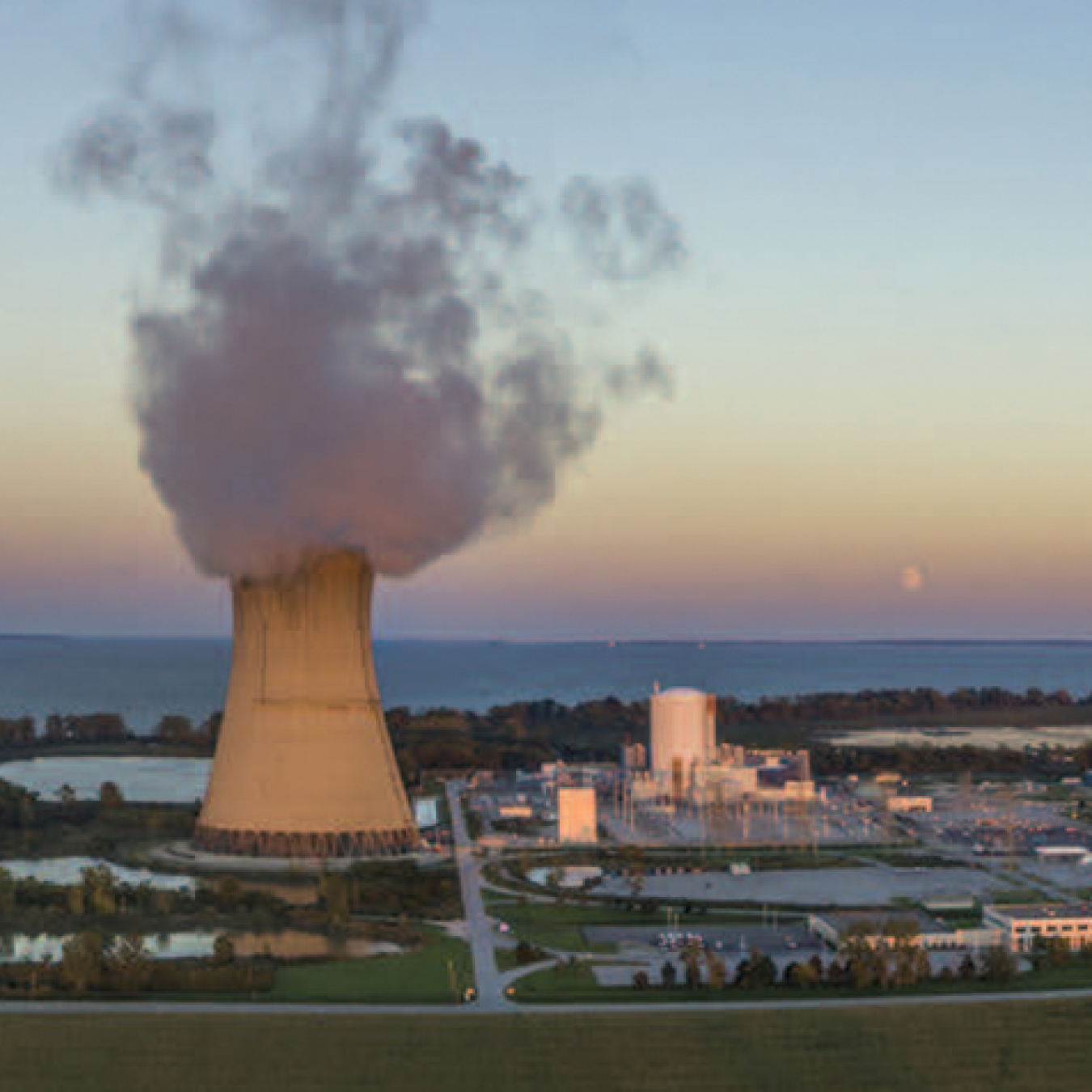
The law includes $6 billion to start a Civil Nuclear Credit program, where owners or operators of commercial U.S. reactors can apply for certification and competitively bid on credits to help support their continued operations and avoid premature retirements due to financial hardship. DOE plans to seek public feedback to help set up the program and could start awarding its first credits to U.S. nuclear power plants as early as this fall.
Clean Hydrogen Production
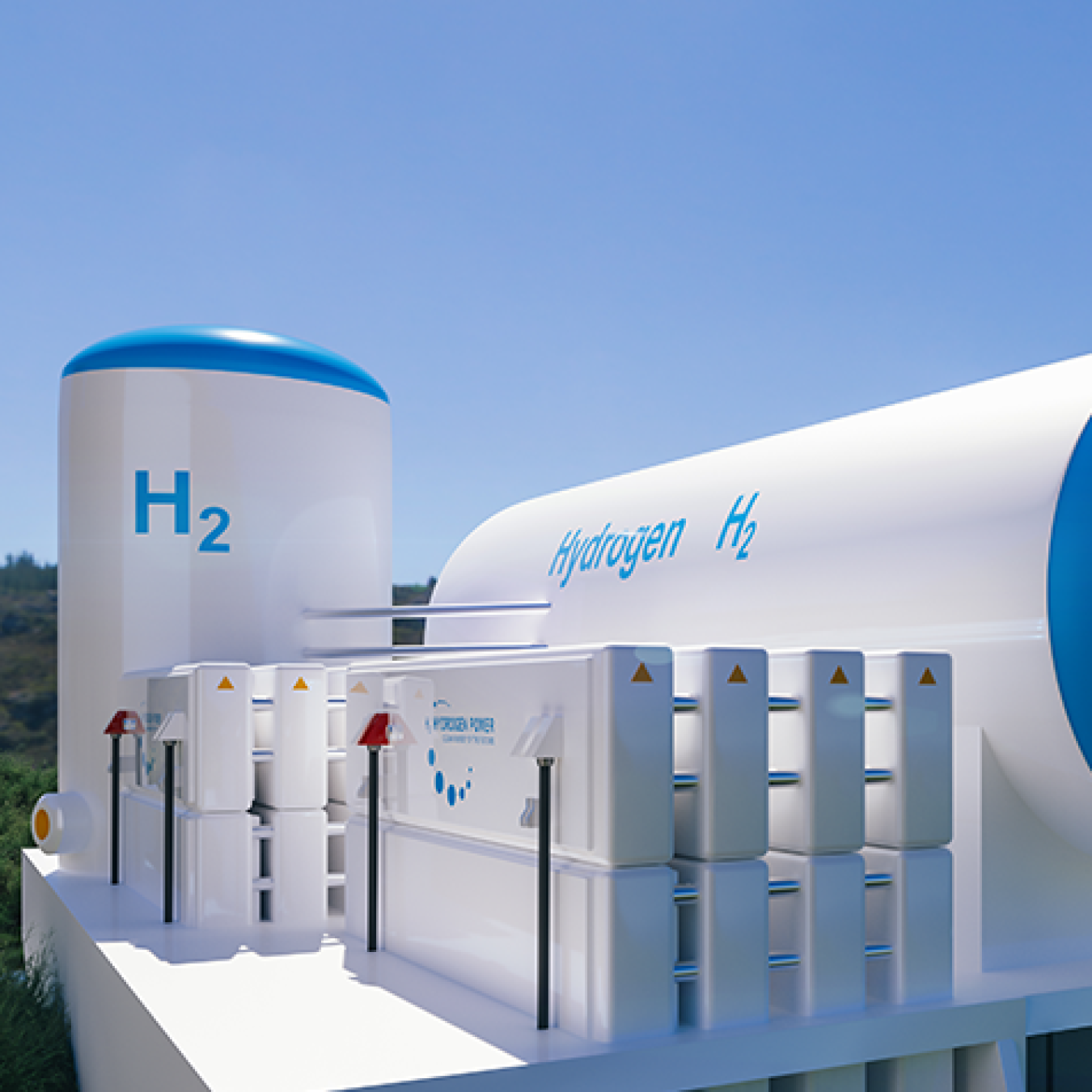
The new legislation also allocates $8 billion to demonstrate regional clean hydrogen hubs, including at least one hub dedicated to the production of hydrogen with nuclear energy. Initial selections could be awarded before the end of the year. DOE currently supports four clean hydrogen demonstration projects at commercial nuclear power plants across the country which are also part of the Department's Hydrogen Shot goal to reduce the cost of hydrogen to $1 per 1 kilogram in one decade.
Advanced Reactors
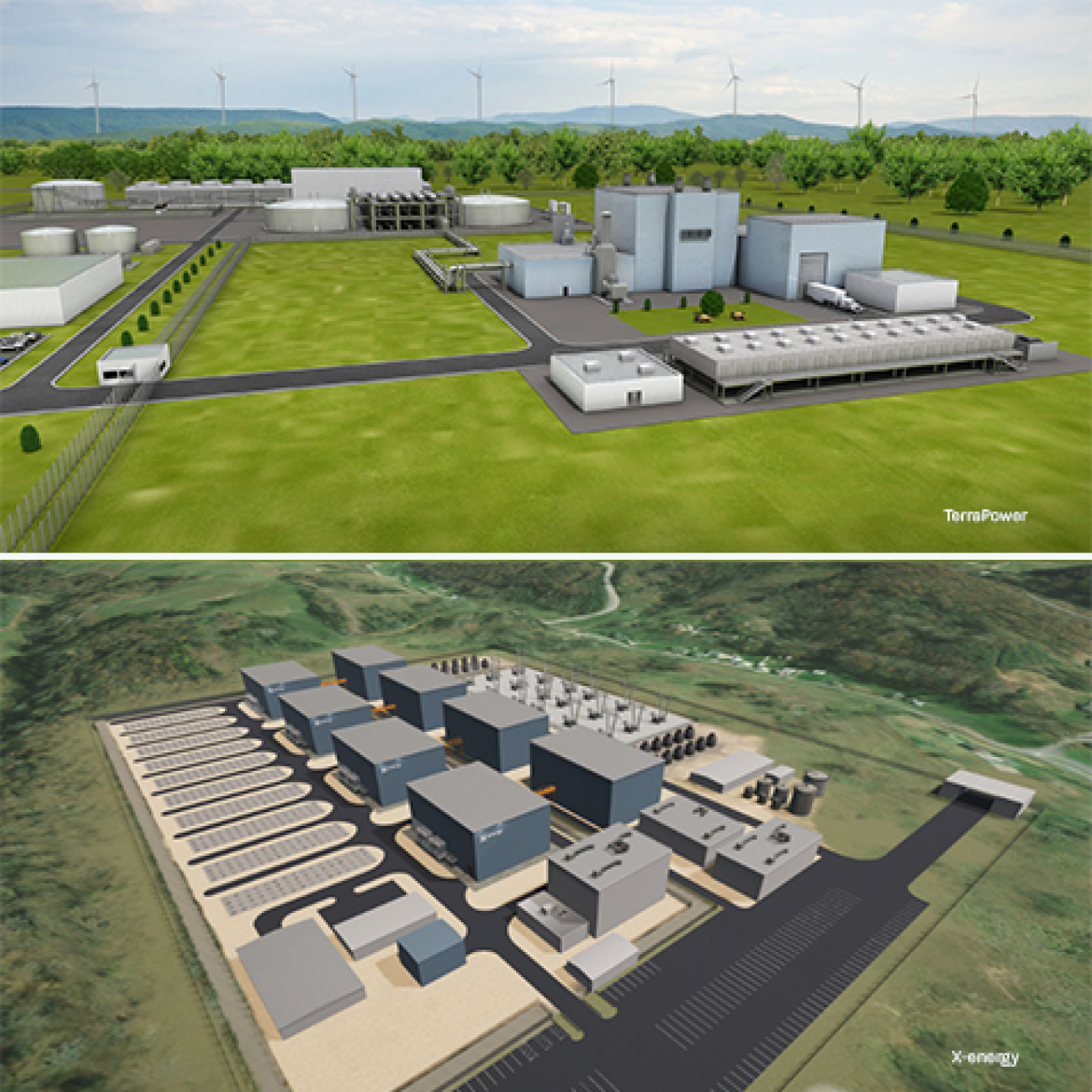
Finally, the Bipartisan Infrastructure Law includes approximately $2.5 billion to support the demonstration of two advanced U.S. reactors by 2028. X-energy is planning to site its four-unit Xe-100 reactor power plant at the Hanford site near Richland, Washington, and TerraPower will leverage the existing infrastructure and workforce at a retiring coal facility to build its Natrium reactor in Kemmerer, Wyoming. Both projects will be carried out under the recently established Office of Clean Energy Demonstrations at DOE as they continue to work on accelerated timelines.
2. Deploying New Reactors
Large-Scale Reactors
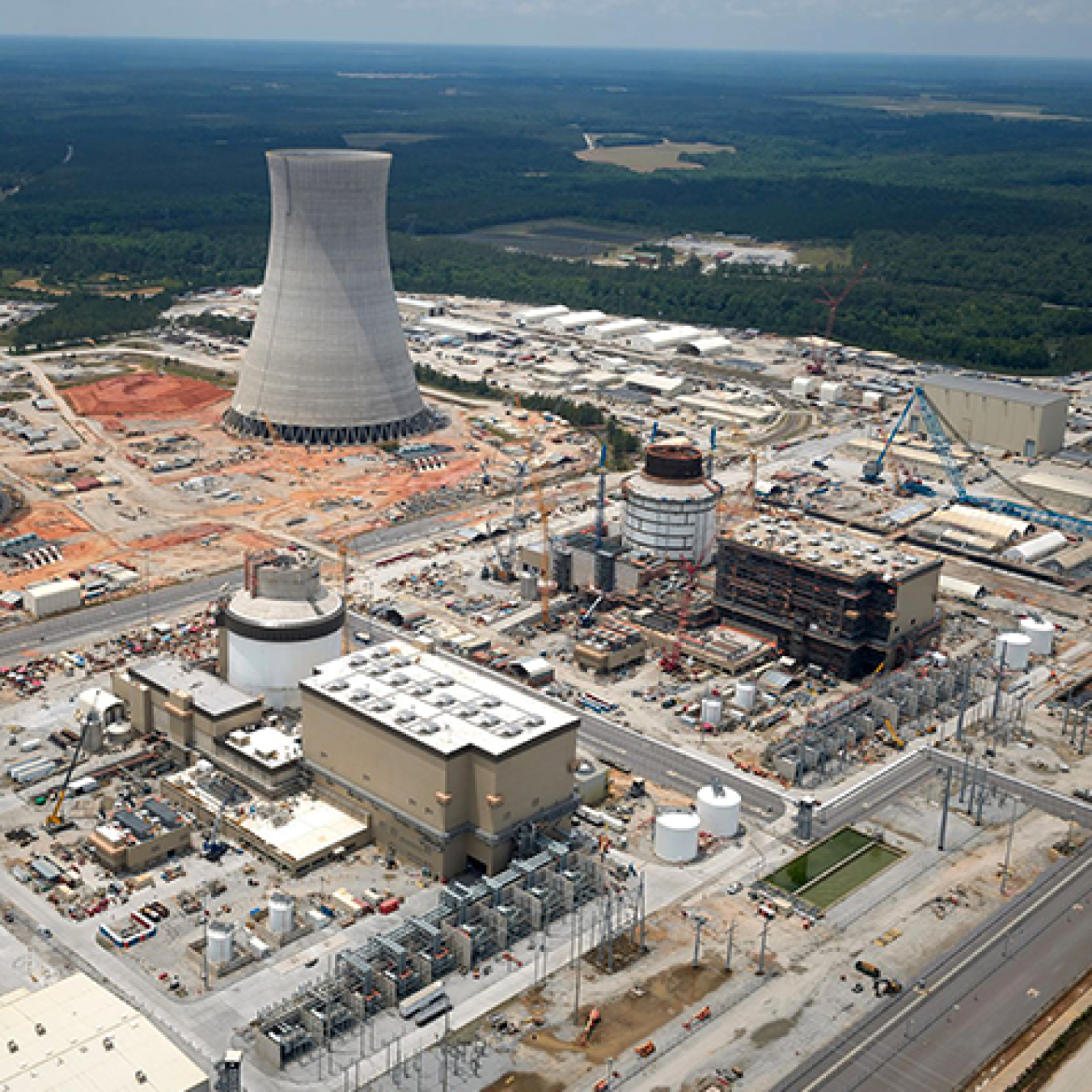
The United States could add a new commercial reactor to the grid for the first time in more than six years. Unit 3 at Plant Vogtle is more than 99% complete in Waynesboro, Georgia, and is scheduled to come online later this November. Georgia is building two AP-1000 reactors at Plant Vogtle, which are the first new units to be built in the U.S. in more than 30 years. DOE's Loan Programs Office provided more than $12 billion in loan guarantees to help complete the expansion project which will be the nation's largest clean energy power plant. Unit 4 is scheduled to be online by 2023.
Small Modular Reactors
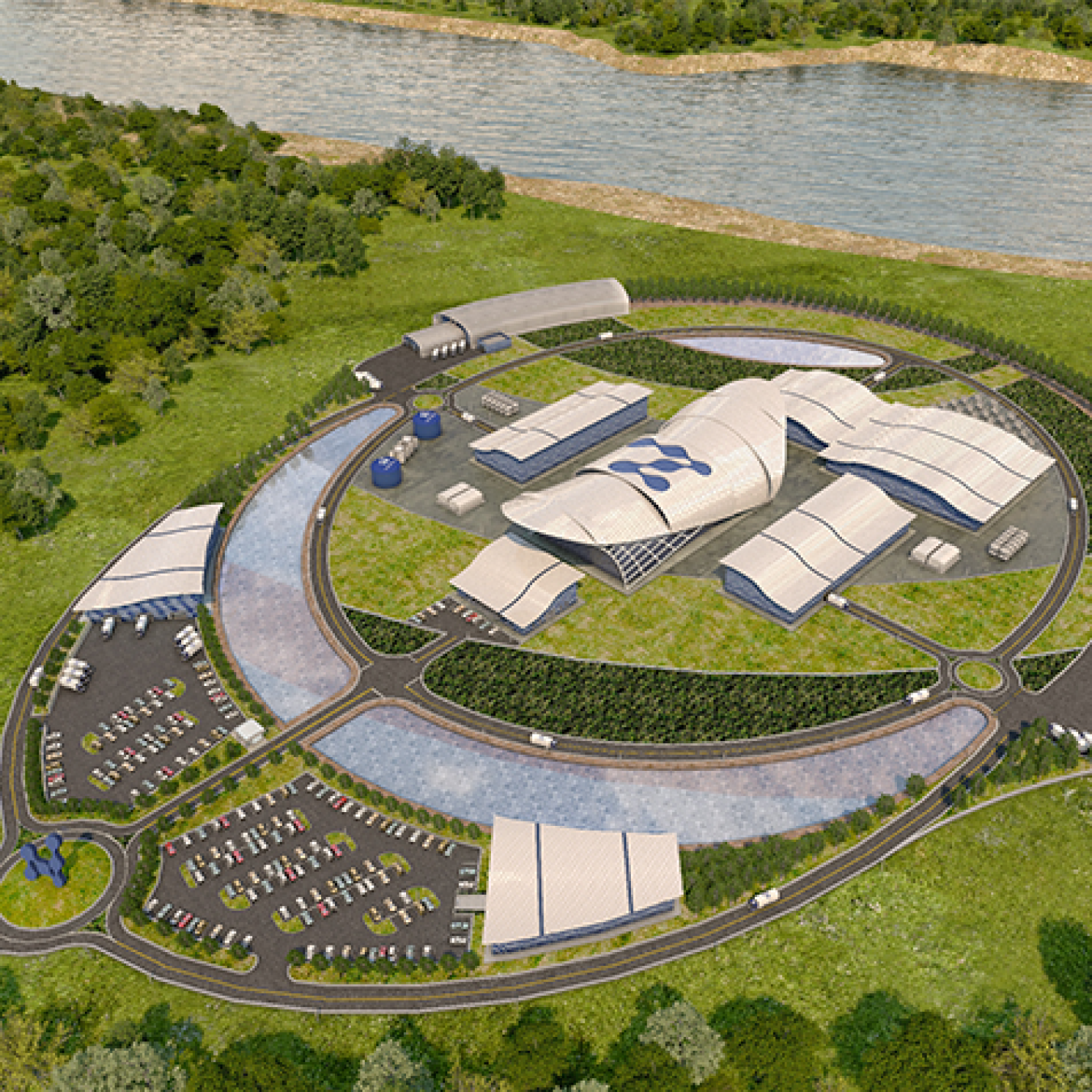
The U.S. Nuclear Regulatory Commission is expected to issue its final rulemaking in August to certify NuScale Power's small modular reactor design. NuScale is the first U.S. SMR to receive a final safety evaluation report from the NRC and will become the seventh U.S. reactor to be certified. DOE is supporting the construction of the nation's first NuScale SMR power plant at Idaho National Laboratory. The first power module is expected to be operational by 2029.
3. Fueling Future Reactors

DOE is continuing to explore several pathways to produce high-assay low-enriched uranium fuel (HALEU) to support the demonstration and deployment of advanced reactors. The Department is currently seeking public input on establishing a HALEU availability program that could start up in 2022 to help spur demand for additional HALEU production and private investment in nuclear fuel supply infrastructure.
The Department is also supporting the construction of a small-scale HALEU enrichment demonstration facility in Piketon, Ohio, that is expected to begin operations in 2022, pending appropriations. It would be the first HALEU enrichment facility to operate in the U.S. and is expected produce 900 kg of HALEU per year using 16 advanced centrifuge machines as a step toward establishing a long-term, diverse, competitive, and market-driven commercial supply of HALEU.
DOE's demonstration reactors will require nearly 40 metric tons of HALEU by 2030 and the Nuclear Energy Institute estimates nearly 3,000 metric tons of HALEU will be needed by 2035 to support the demonstration and commercial deployment of advanced reactors.
4. Consent-Based Siting
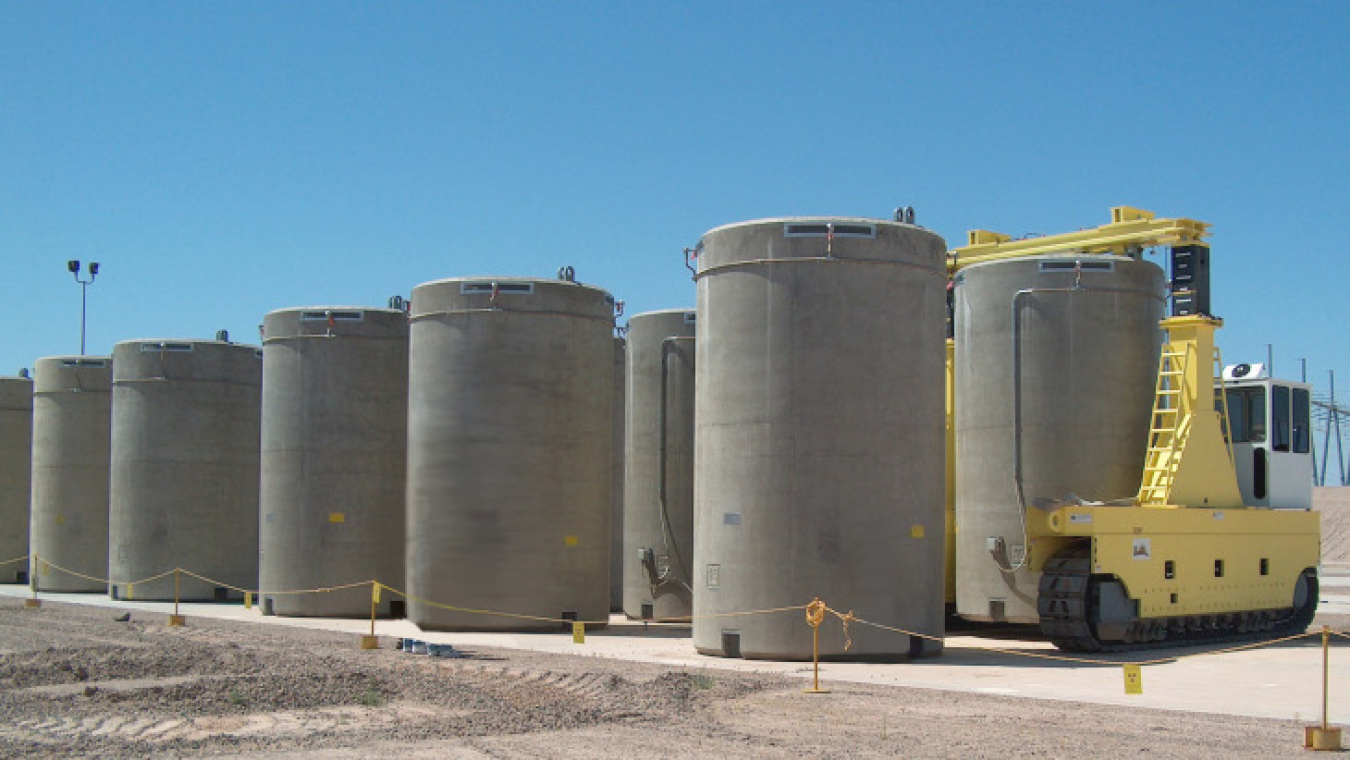
DOE is updating its consent-based siting process to help identify sites to store the nation’s spent nuclear fuel. The Department plans to award competitive funding in 2022 for interested groups and communities to start exploring the consent-based siting process and to learn more about federal interim storage facilities. DOE is currently seeking public input on its consent-based siting process and will prepare a public summary report after the comment period ends in early March.
5. Retirements / Subsequent License Renewals
Retirements
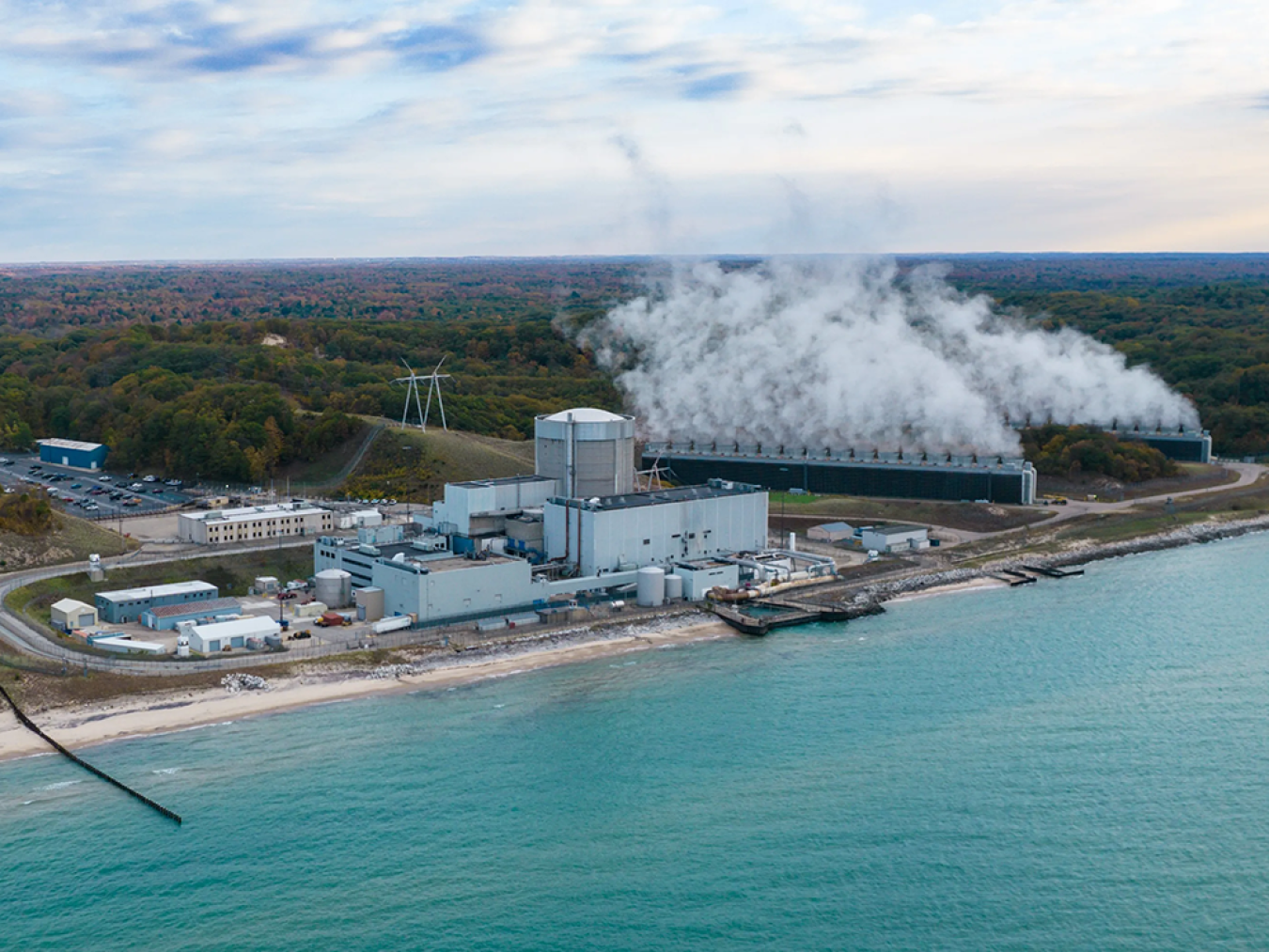
Finally, the Palisades Power Plant is scheduled to close in May—nine years before its operating license expires in 2031. The single-unit pressurized water reactor currently supports more than 600 employees in Michigan and provides clean and reliable power to more than 800,000 homes.
License Renewals
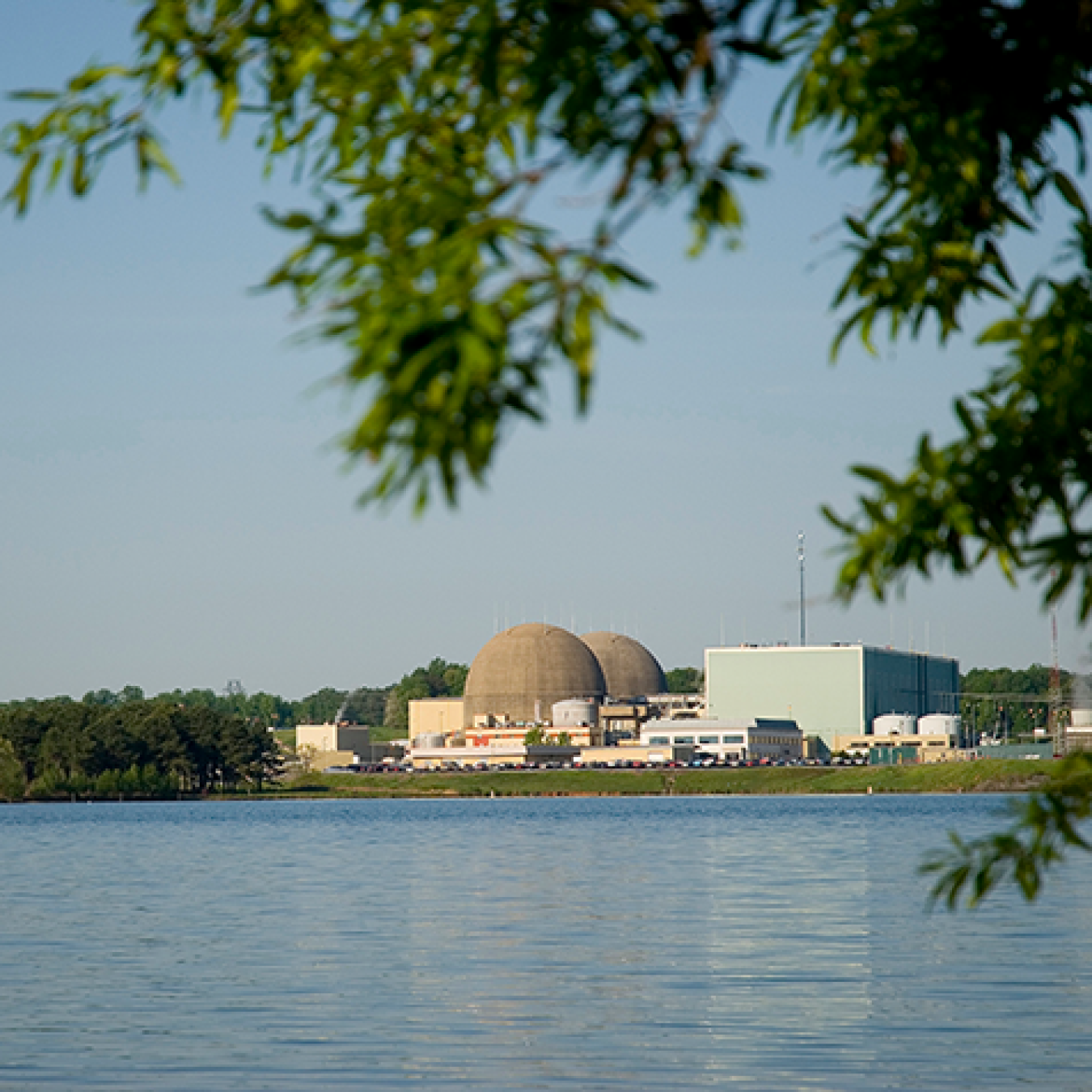
Four reactors could be cleared to operate up to 80 years, pending approval of their subsequent license renewal applications with the NRC. A decision on North Anna Units 1 and 2 and Point Beach Units 1 and 2 could happen before the end of the year. If approved, a total of 10 reactors would then be cleared to operate into the 2050s further supporting the nation’s ambitious climate goals.

